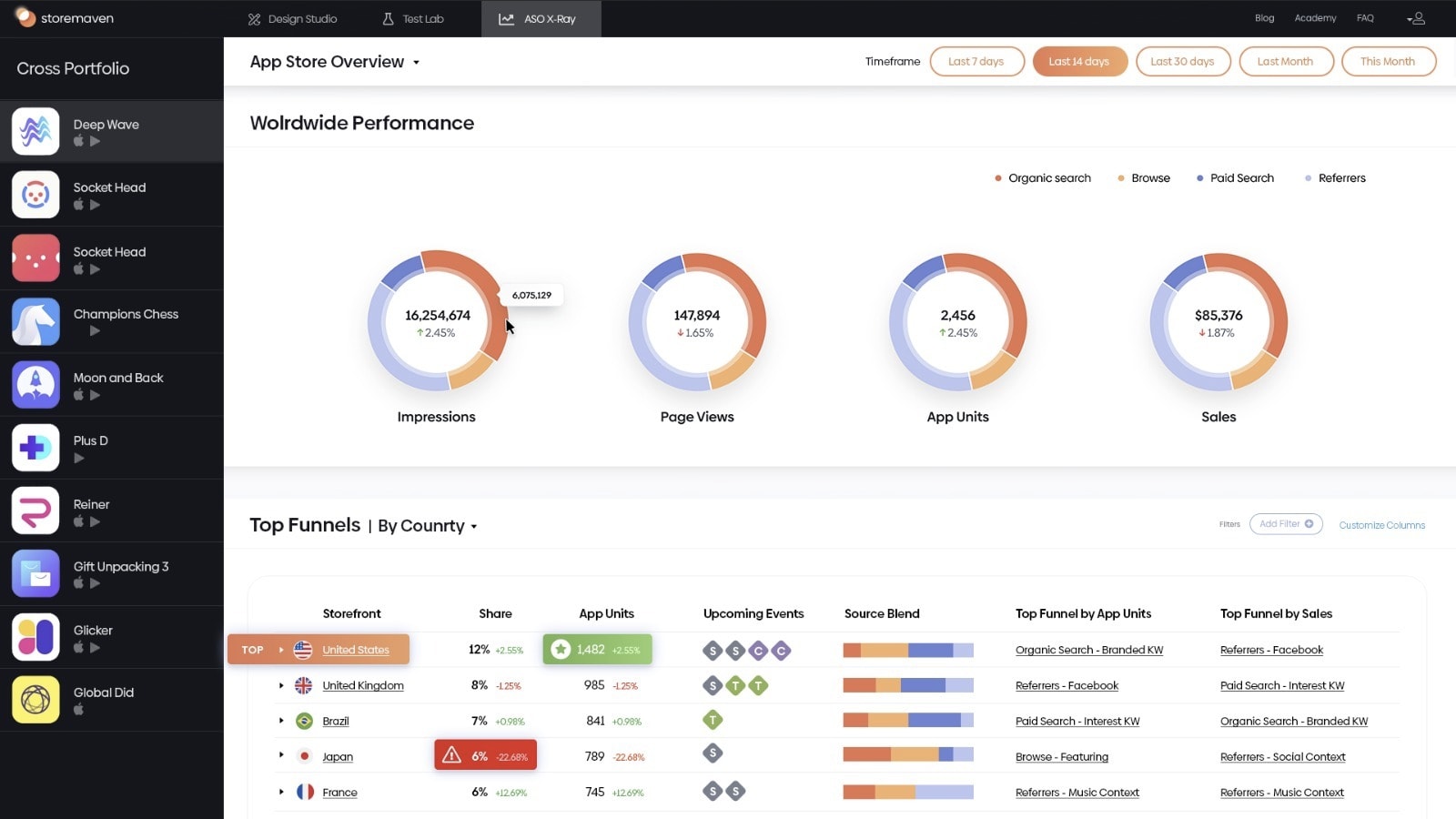In the Summer of 2000, my mom decided to move us from Cupertino, California to Tel Aviv, Israel. I wasn’t a happy camper back then, and I rebelled against her decision to strip me from the surroundings I was comfortable with. I was so smart back then, that I simply refused to study Hebrew. As Summer vacation ended, school began, and I joined not knowing how to read, write, or speak the language. I was screwed. But Mom demanded I get my shit together, hired a tutor and promised that better days were to come. They did.
Don’t make the same mistake I made, prepare in advance for the inevitable. iOS 15 is coming and it requires preparation.
You need to reframe the way you look at your top funnel traffic. It’s not enough to optimize campaigns or sources, you need to look at data more granularly and visualize incoming traffic as individual or grouped user funnels. Allow me to explain, but first, a comic relief:

Assignment:
Prepare your acquisition strategy for iOS 15.
Abstract:
- iOS 14.5 impairs the ability to optimize campaigns towards downstream KPIs and pLTV. With that, it has become far more important to optimize the top of the funnel and more specifically ad and App Store creatives.
- As a result of IDFA deprecation, ad networks aren’t as capable of magically targeting the right audiences for you as they did before. Recent studies already show how the mix in campaigns has shifted away from Lookalike audiences to broader targeting, and interest based targeting – are in other (buzz)words “Contextual Marketing”. To further accelerate the shift to contextual marketing, iOS 15 introduced Custom Product Pages, Product Page Optimization, to In-App Events – and what they all have in common is that Apple wants us to create App Store experiences that connect coherently and seamlessly with the user journey.
- Custom Product Pages allows us to serve up to 35 different product pages to our Paid UA or Referral Traffic. We need to understand how to allocate the CPPs and who to design CPPs for. We know that the value of a product page that delivers the right message can mean significant uplifts in CVR.
This table here will shed some more light on what’s ahead of every mobile marketer practitioner:
| Source | Campaign Targeting | Funnels | Opportunity |
| App Store Search Ads | Competitors, Genre Search terms, Branded Search terms | Every search term within the campaign is a potential funnel | Design a custom product page for the most meaningful search terms, or group of search terms |
| Network traffic (Vungle, Ironsource, etc..) | Countries, device types, connection types, and OS versions & include/exclude publishers | In a single campaign, you potentially have many funnels, from one app to the app store – what Apple refers to as “App Referrers”. | Design custom product pages for the most meaningful App Referrers, or groups of App Referrers (context) |
| Social Networks | Interest groups, Lookalikes, Broad targeting | The further you segment your target audiences, the more funnels you create | Design custom product pages for each funnel |
| In App Events | New users, Existing users, Lapsed users | Traffic from Paid UA to Event cards, search traffic to In-App Events, Browse traffic to in-app events | Optimize In-App Event Cards for each funnel. |
Our Strategy
It’s evident that a proper iOS 15 strategy runs through the ability to optimize funnels, and more specifically – produce product pages that perform at scale.

This calls for having a process and methodology in place, and luckily Storemaven is here to share what has always worked and how to scale it:

In preparation for iOS 15, we can already begin identifying opportunities, planning & producing product pages, and even test them in advance.
For strategic planning, we’ll begin with getting our data ready.
This is a paradigm shift from looking at campaign-level data to a more granular level of funnels. The challenges we face are:
- Certain networks don’t share publisher (app referrer) level data in a way that’s conducive to understanding funnels, and we need to get a single view of publishers regardless of the network.
- App Store Analytics data on App Referrers doesn’t tie back to our Campaign data.
- There are potentially hundreds of App Referrers, and we can’t customize the experience for all of them, but we can group them and design contextual funnels.
Here are the steps we took:
- Accessed all referrer data from App Store Analytics
- Grouped them by context, using our custom taxonomy
- Connected all data to one database to allow for proper mapping
Here’s the result:

In Summary
Getting here was not simple. Existing technologies and the available analytics weren’t built in a way to understand funnels, and map out full-funnel optimization opportunities. They were built to optimize campaigns. For this reason, we’ve come up with new technology, Funnel Analytics. Bringing all the data you need about your funnels in one place. This has given us the ability to understand what to prioritize, and get a sense of who we’re really designing funnels for.
Sign up for early access to Funnel Analytics and our entire Growth Intelligence ASO Platform.
With our data sorted out by funnels, we’re now ready for the next step in our assignment: Coming up with good ideas for product pages (coming soon).
Check our iOS 15 content hub for more articles, guides and webinars to stay ahead of the curve.
Here are two screenshots from our upcoming Growth Intelligence Platform.














